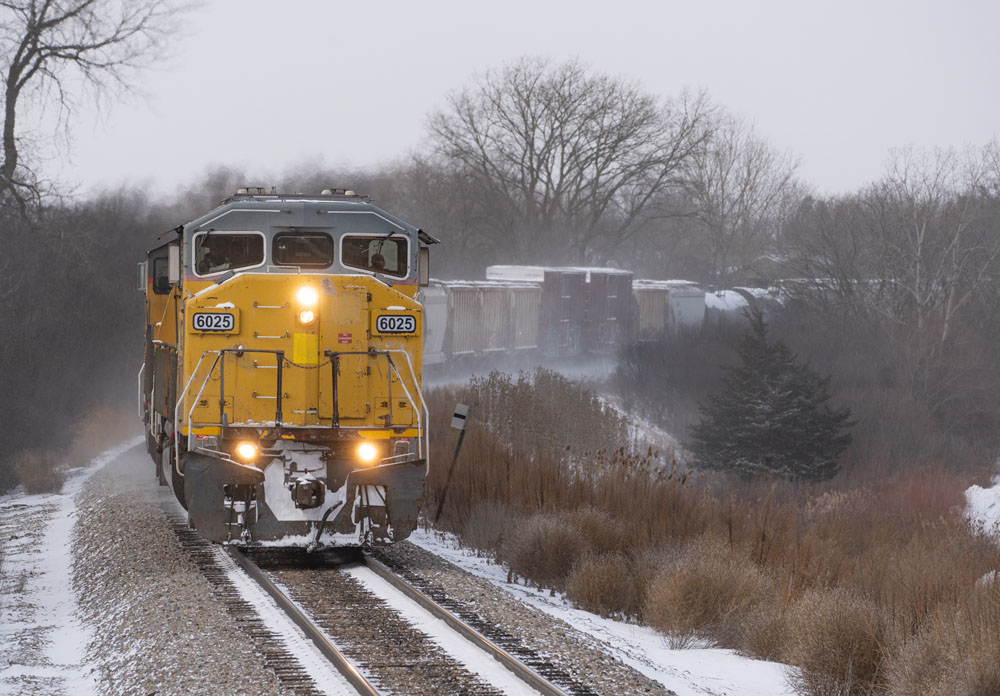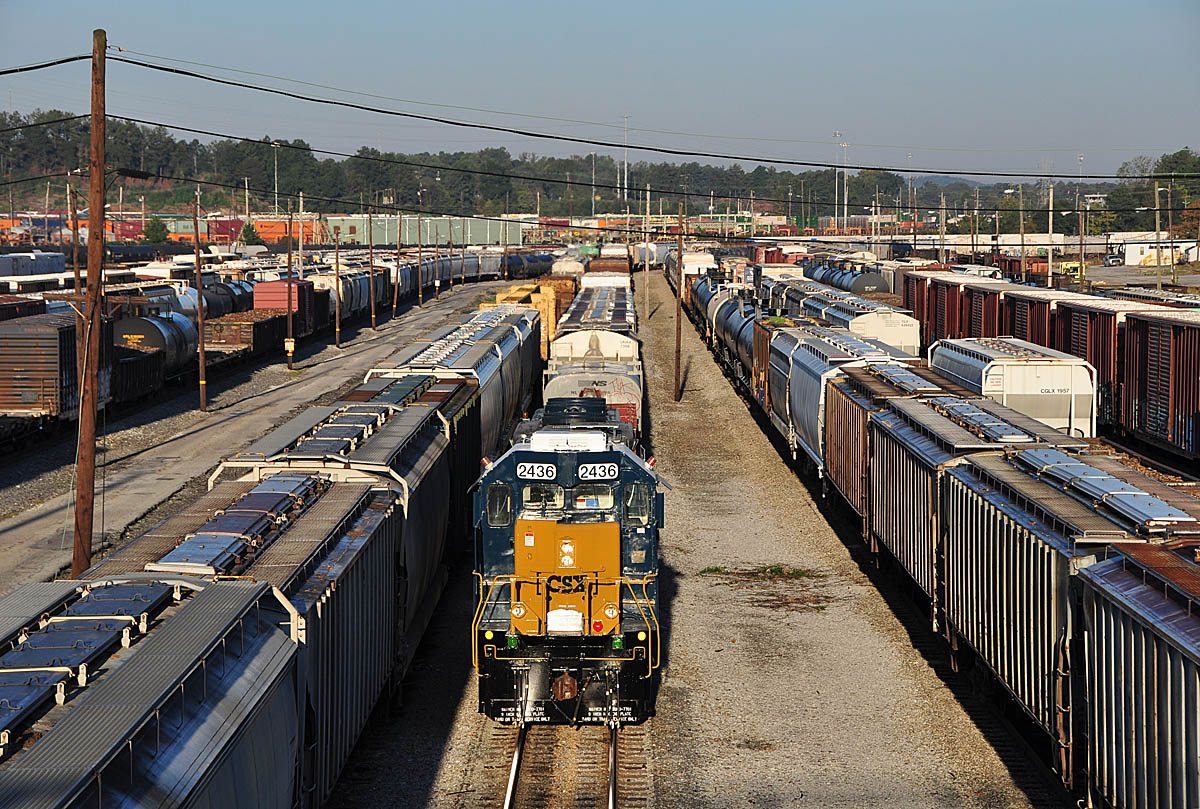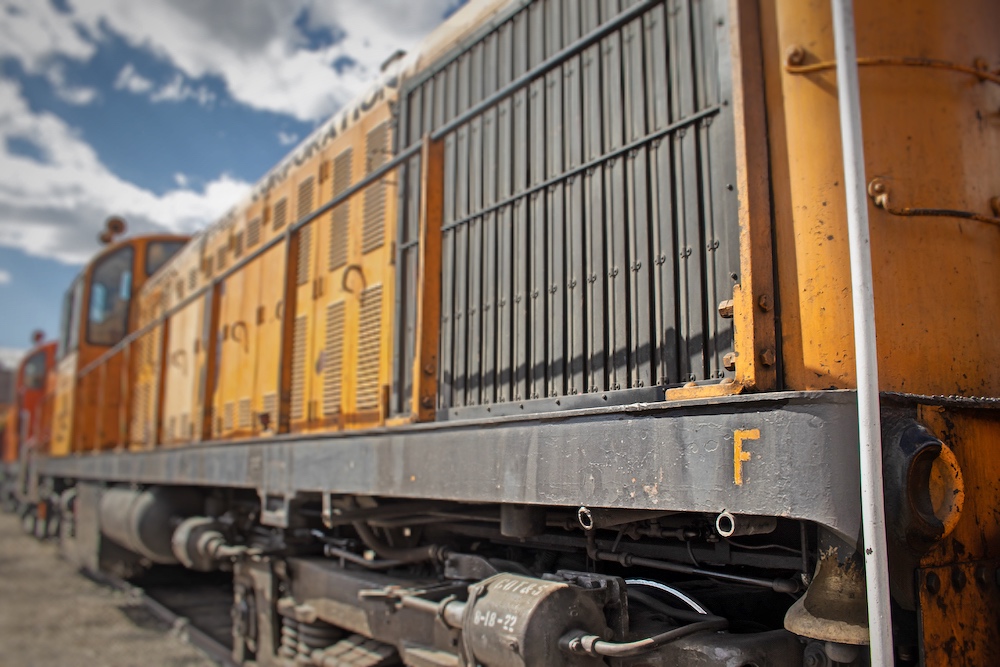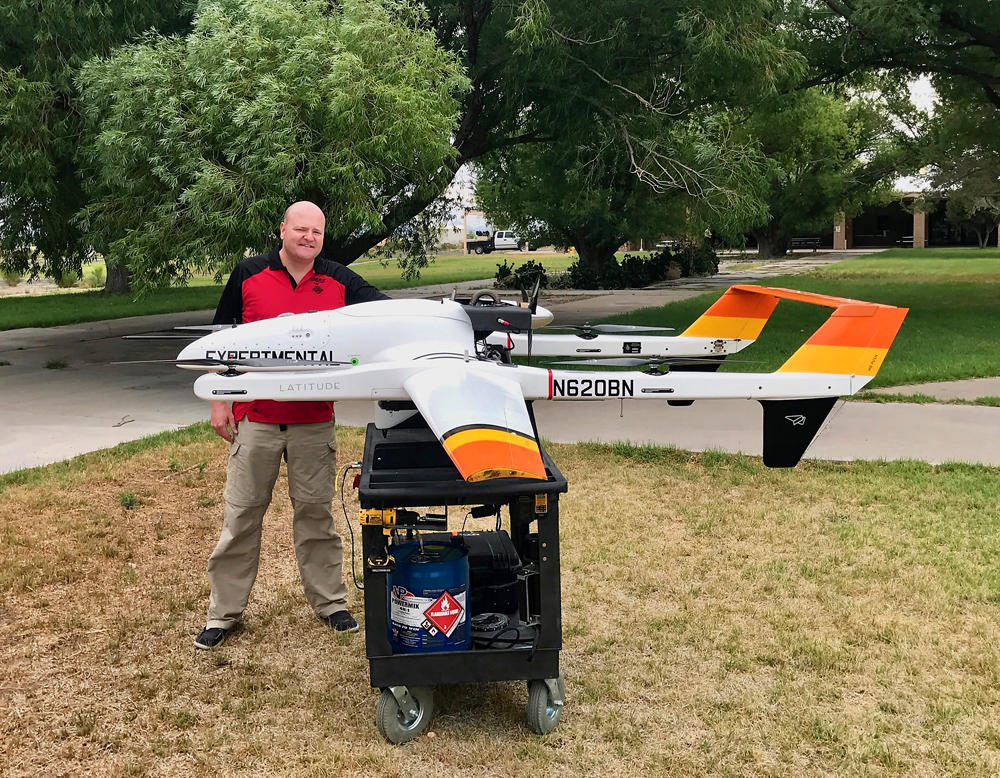Positive Train Control

With Positive Train Control (PTC) fully implemented on a large majority of the nation’s Class Is, passenger, and commuter lines, many short lines and regional railroads have had to comply with the new rules when they operate over another’s PTC-equipped lines. This includes smaller railroads that serve customers on another railroad’s tracks, have trackage rights to access other parts of a short line or regional railroad’s trackage, or have rights over a Class I to interchange cars at a nearby yard or interchange.
With certain exceptions, these smaller operators have to upgrade motive power in their fleets with PTC equipment if they operate over another operator’s trackage.
Federal regulations require a short line or regional to have an operating PTC locomotive if the movement is greater than 20 miles on a Class I railroad or if the quantity of trains exceeds four or more per day. An extension to equip locomotives on short lines that operate distances greater than 20 miles on Class I railroads has been in effect but is due to expire on Dec. 31, 2023. Regardless of the regulations, if a Class I requires a short line or regional use PTC, they must comply. Short lines that operate over passenger railroad trackage must have PTC regardless of length or quantity of movements.
Equipping locomotives with a PTC system is easily a six-figure investment per locomotive and for a smaller railroad this can represent a very large investment, one that can potentially be more expensive than a used locomotive itself. The Federal Railroad Administration provided a 2.5 million dollar grant to help smaller railroads upgrade motive power to comply with the changes.
To save costs, some smaller railroads elect to only equip a few units from their fleet to upgrade with PTC, keeping them in semi-captive service. Others may justify purchasing newer power that has either been equipped with PTC in the past or negotiate to buy locomotives with PTC still installed. This can save time and money getting locomotives ready for service while spreading out the extra cost of PTC over a longer time since newer locomotives will have a longer service life on the railroad versus equipping existing older power.
Like this article, check out “What’s on a locomotive cab roof.”













Lake State Railway in Michigan leases a long section of track from CSX that requires PTC. Rather than putting PTC in their locomotives, Lake State uses CSX power in front of it locomotive when it runs on CSX track. The CSX power has PTC installed. We see a CSX loco paired in front of a Lake State loco multiple times a day through my town…
Mike